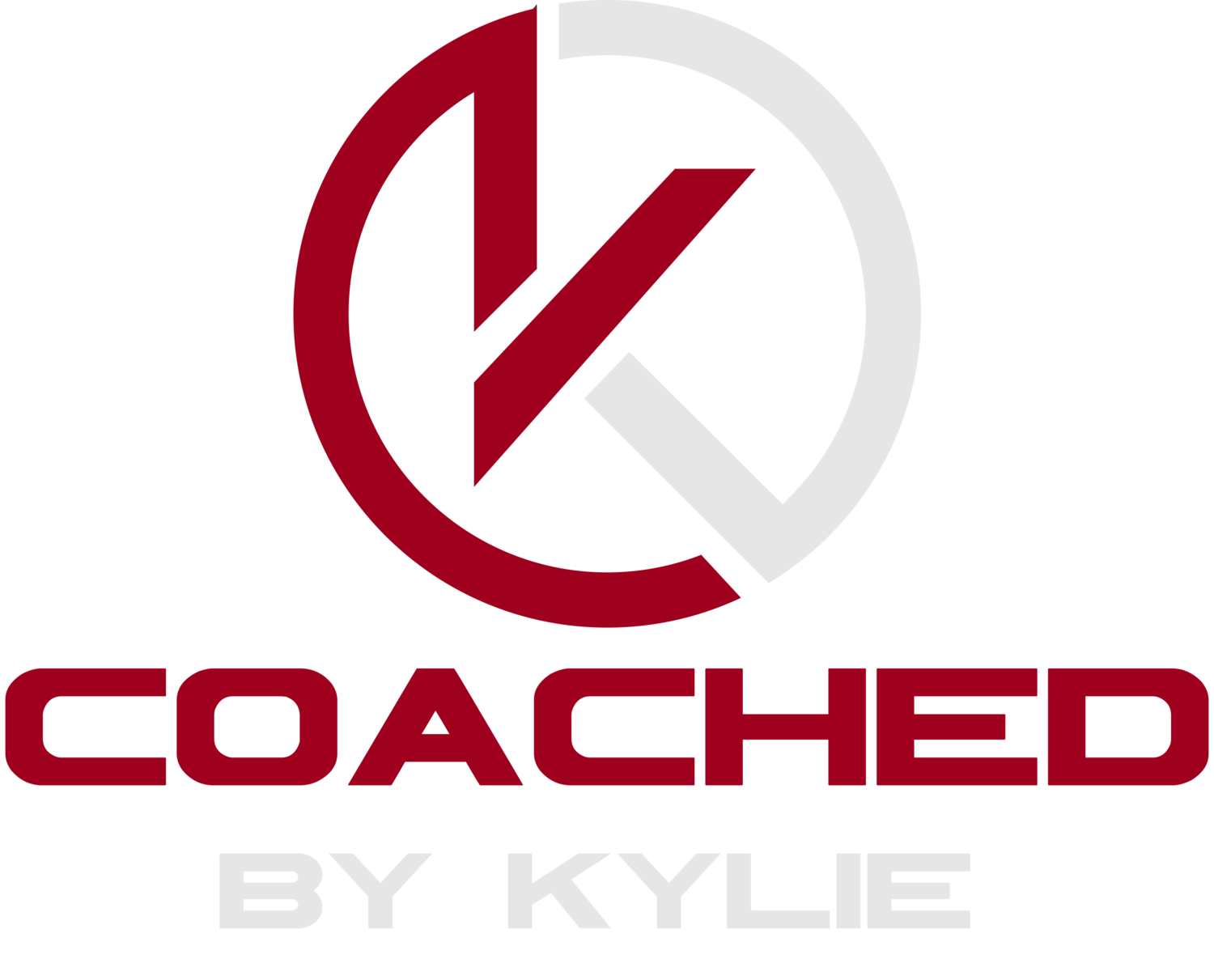The 3 Pathways to training...
/I previously wrote about why and how to vary your training. One of the ways I mentioned was to ensure your training across the 3 metabolic pathways, here I am going to explain the pathways and give examples of workouts that tap into them while hopefully not geeking out on you all too much!.
Oxidative, Phosphagen and Glycolytic are our 3 metabolic pathways. These are broken down into two cardiovascular systems
Aerobic: Oxidative
Anaerobic: Phosphagen, Glycolytic
Each of these energy systems have their own special characteristics. Aerobic training allows athletes to work at lower intensity levels over extended periods of time and decrease body fat at the same time; increasing cardiovascular endurance and stamina.
Anaerobic training allows us to exert great effort over short durations. In this intense time period, our bodies “improve power, speed, strength, and muscle mass” (CrossFit Training Guide, P.19), while also burning fat.
On the surface, it appears that both cardio systems are quite the same, however they differ drastically. For instance, “aerobic activity has a pronounced tendency to decrease anaerobic capacity” and athletes who train specifically in this threshold “witness decreases in muscle mass, strength, speed and power” (CrossFit Training Guide, P.19). Yet, anaerobic conditioning promotes power, speed, muscle mass, strength and fat loss. Moreover, when implemented properly, anaerobic conditioning “can be used to develop a very high level of aerobic fitness without the muscle wasting” (CrossFit Training Guide, P.19). As CrossFitters, our ultimate fitness end-state is general physical preparedness (GPP). This end-state combines power, strength, speed, and muscle mass along with a strong cardio capacity to move large loads over long distances, quickly.
In order to see improvements in power, speed, strength and build lean muscle mass along with gaining strong cardio capacity we must train the two metabolic pathways that most effectively support this growth. These pathways are the Phosphagen and Glycolytic and then sprinkling in our third metabolic pathway, Oxidative.
Example Workouts
Phosphagen System
Its short, very fast sprints on the treadmill or bike lasting 5–15 seconds with 3–5 minutes of rest between each. The long rest periods allow for complete replenishment of creatine phosphate in the muscles so it can be reused for the next interval.
2 sets of 8 x 5 seconds at close to top speed with 3:00 passive rest and 5:00 rest between sets
5 x 10 seconds at close to top speed with 3:00–4:00 passive rest
Heavy single KB Snatch, Jerks are another way of training this pathway
Glycolysis
Used mostly in KB training. Using fast intervals lasting 30 seconds to 2 minutes with an active-recovery period twice as long as the work period (1:2 work-to-rest ratio).
8–10 x 30 seconds fast with 1:00 active recovery
4 x 1:30 fast with 3:00 active recovery
Oxidative - Aerobic System
While the phosphagen system and glycolysis are best trained with intervals, because those metabolic systems are emphasized only during high-intensity activities, the aerobic system can be trained with both continuous exercise and intervals.
60 minutes at 70%–75% maximum heart rate
15- to 20-minute tempo workout at lactate threshold intensity (about 80%–85% maximum heart rate)
5 x 3:00 at 95%–100% maximum heart rate with 3:00 active recovery
If you want more info just email kylie@coachedbykylie.com
Stronger in the gym STRONGER in LIFE!
Kettlebell Kylie





